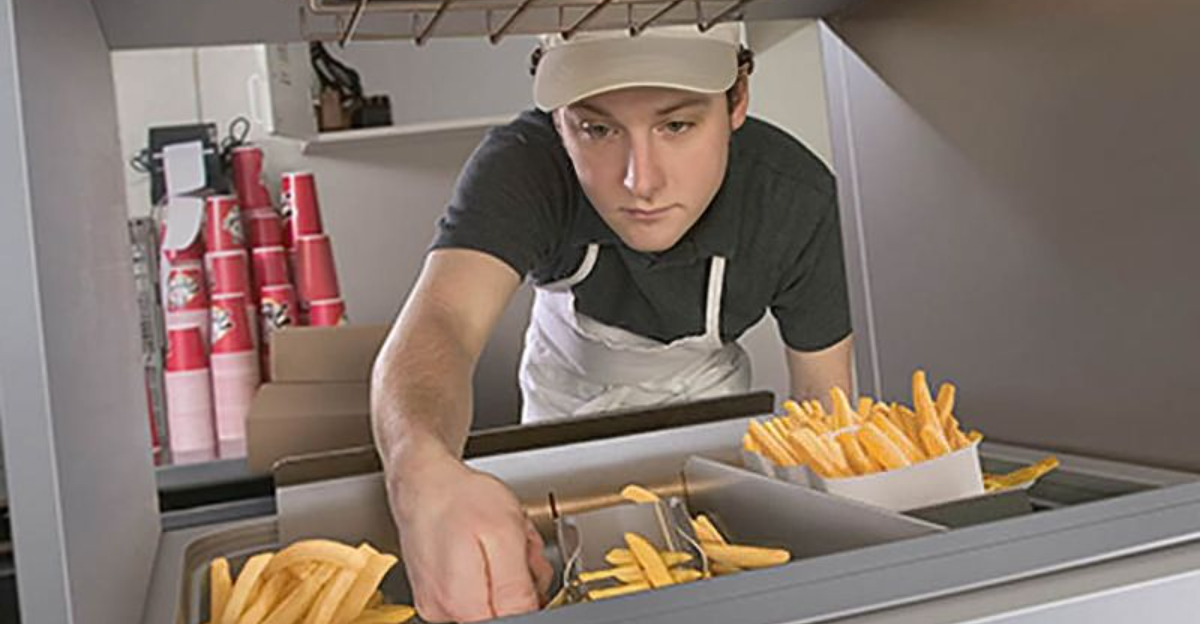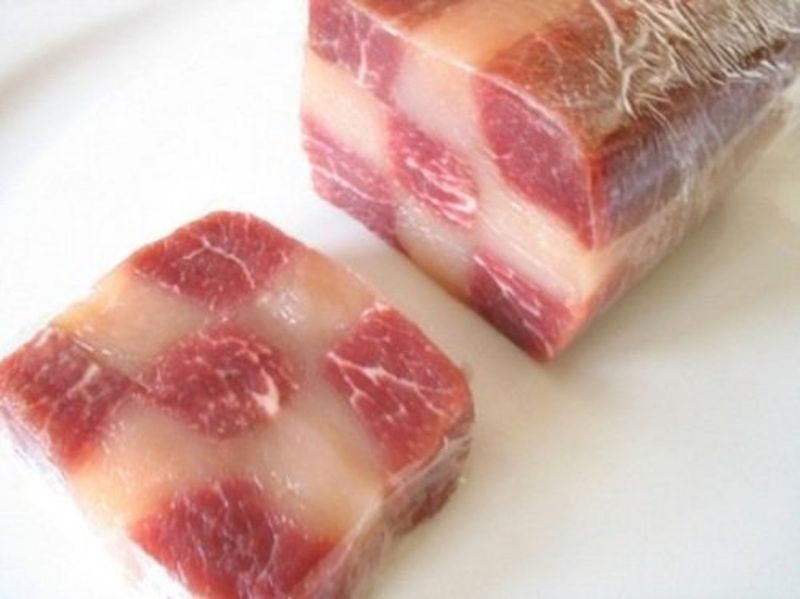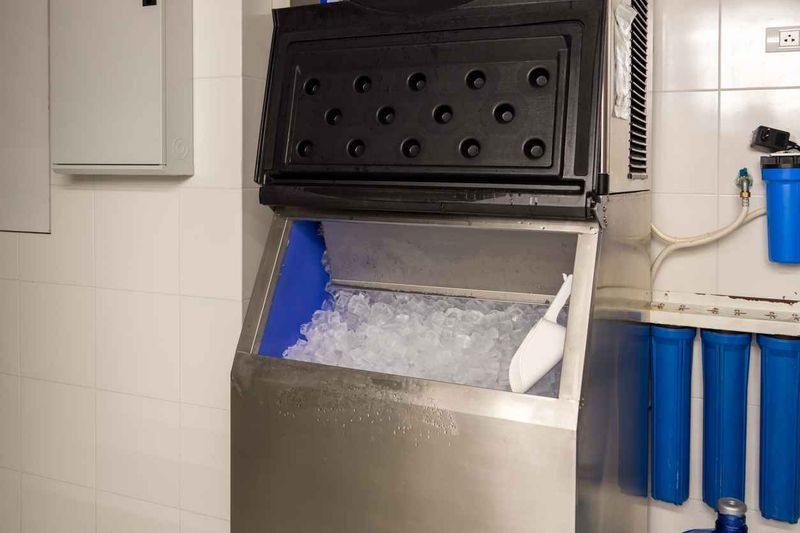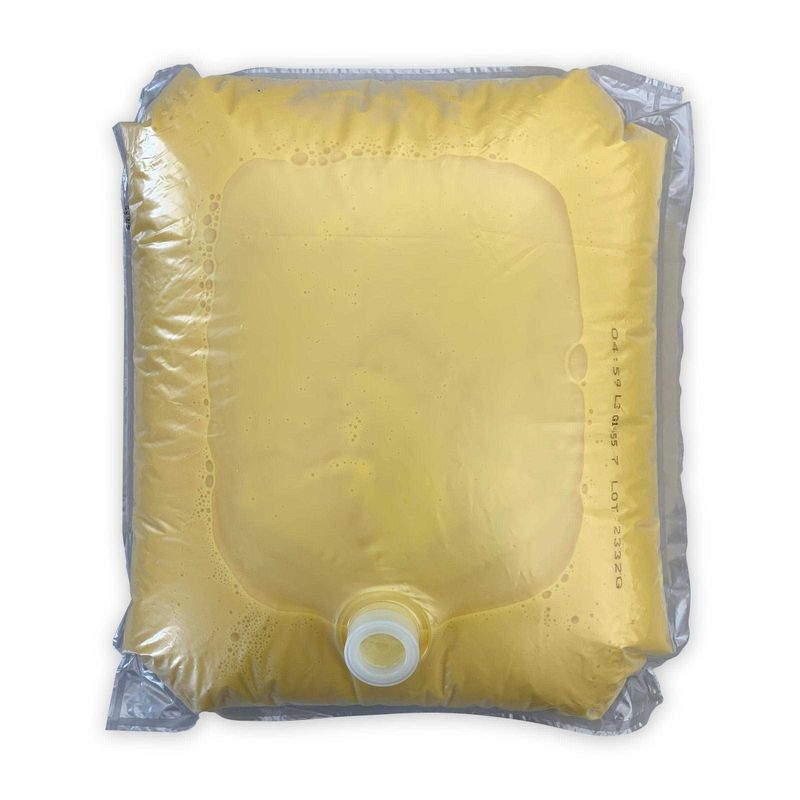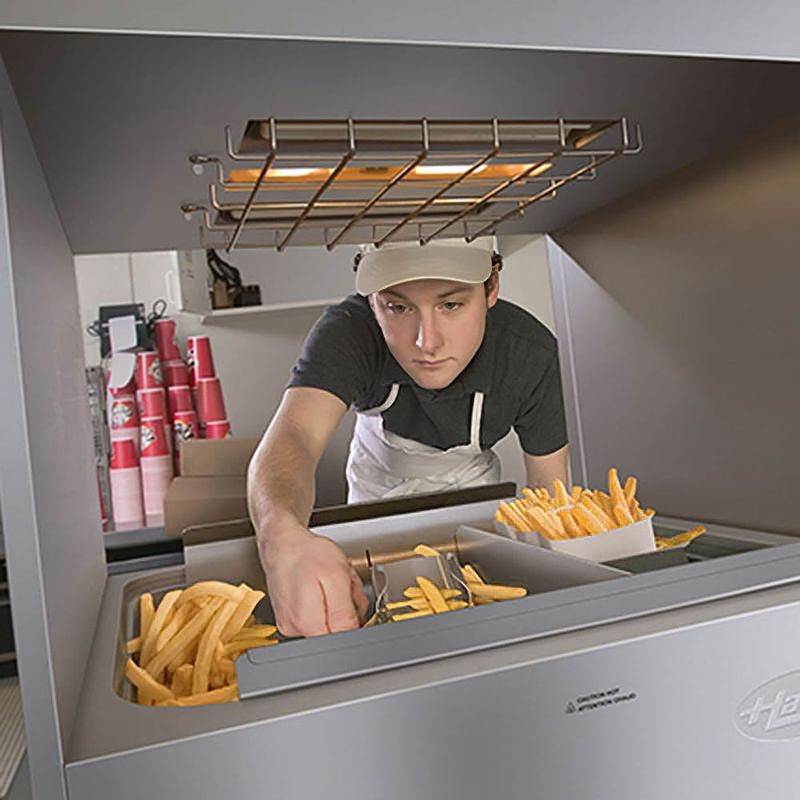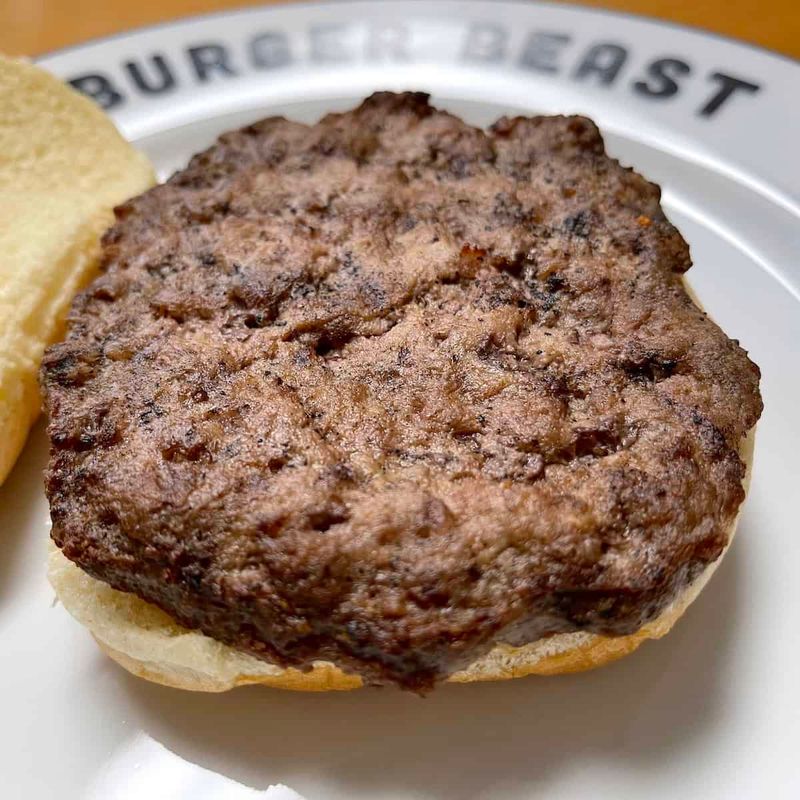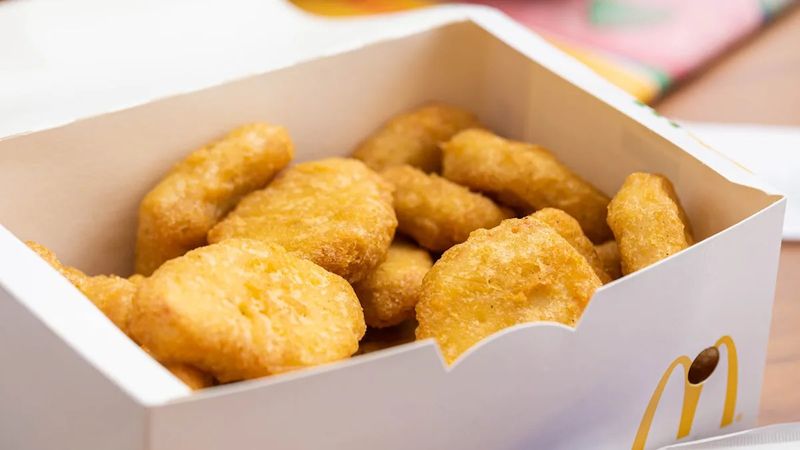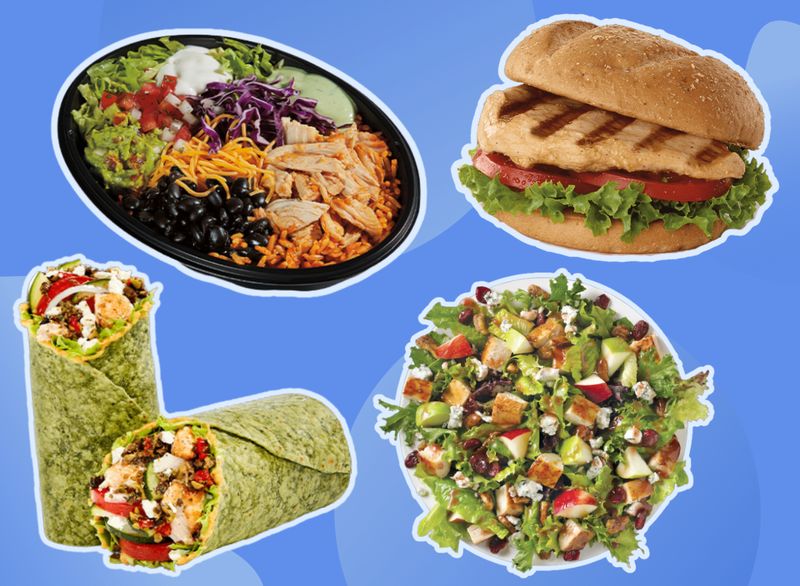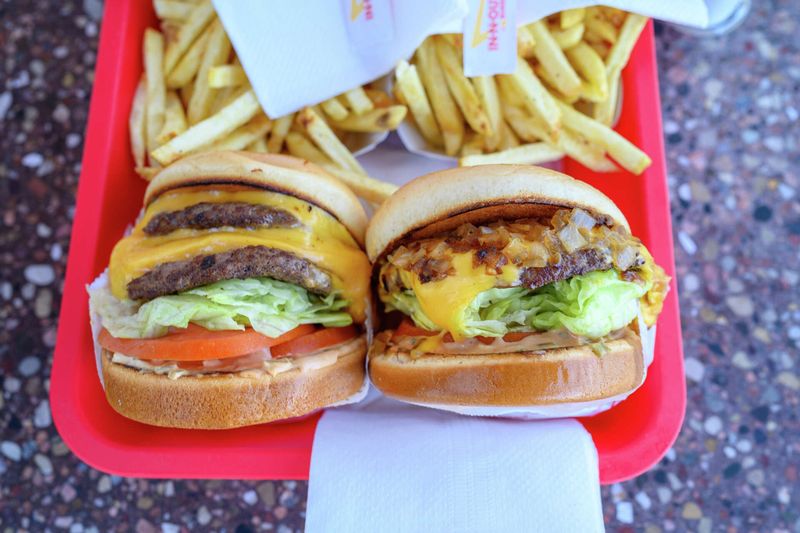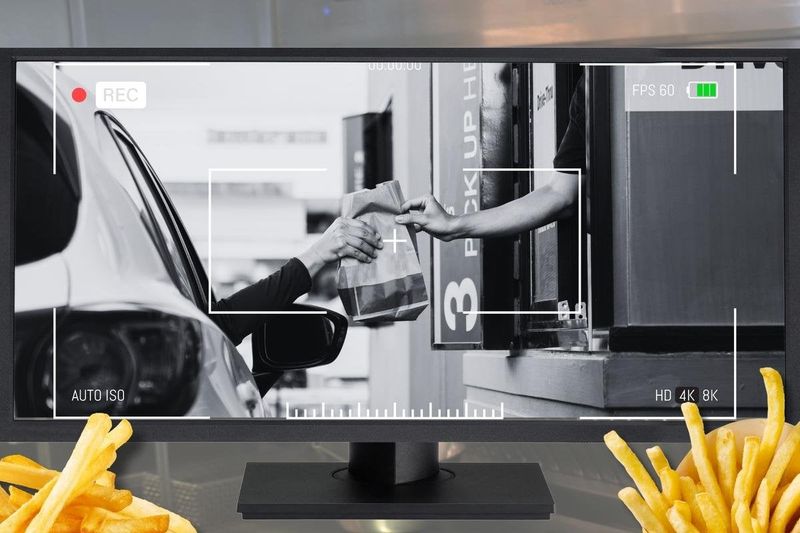Behind every golden arch and drive-thru window lies a world of carefully guarded secrets that fast food workers have kept quiet for decades.
From mysterious ingredients to sneaky corporate practices, the industry has built its empire on things customers were never meant to discover. While workers smile and serve your order, they carry knowledge that would make you think twice about your next meal.
Today, we’re pulling back the curtain on the most shocking secrets that have been whispered in break rooms but never shared with the public.
1. “Meat Glue” Was (and Sometimes Still Is) a Thing
Your favorite chicken sandwich might actually be several smaller pieces cleverly stuck together with a protein enzyme called transglutaminase. Restaurant workers have watched this process for years, seeing meat scraps transformed into what looks like premium cuts.
This “meat glue” creates seamless bonds that make reconstructed protein appear completely natural. Many employees were sworn to secrecy about this cost-cutting technique that fooled millions of customers into thinking they were getting whole pieces of meat.
2. The Ice Machine Is Usually the Dirtiest Thing in the Building
Health inspectors and veteran workers share the same dirty secret: ice machines are breeding grounds for bacteria, mold, and worse. Most locations go weeks or even months without proper cleaning, creating a disgusting cocktail of germs.
Smart employees bring their own drinks or ask for beverages without ice. The machines’ dark, moist interiors provide perfect conditions for harmful microorganisms to thrive, making that refreshing iced drink potentially more dangerous than the food itself.
3. “Freshly Cracked Eggs”? Sometimes It’s Just a Bag of Yellow Goop
Marketing promises farm-fresh eggs, but reality often involves pouring pre-mixed, shelf-stable “egg blend” from industrial containers. Workers have served thousands of fake sunny-side-up eggs that never saw the inside of a shell.
During busy breakfast rushes, convenience trumps authenticity every time. These liquid egg products contain preservatives and additives that help them survive without refrigeration, creating the illusion of fresh breakfast while delivering something far from natural.
4. Fries Have an Expiration Clock – But It’s Rarely Followed
Every fryer has strict hold times, usually around seven minutes before food should be discarded. However, workers regularly reset timers to avoid waste and dodge management criticism about food costs.
Those “fresh” fries might have been sitting under heat lamps for an hour or more. Employees know which batches are stale but serve them anyway, especially during slower periods when making fresh food seems wasteful to profit-focused managers.
5. Your Burger Patty Was Likely Cooked Hours Ago
“Made to order” usually means assembled to order, not cooked fresh. Burger patties often sit in warming drawers for 45 minutes or longer, slowly drying out while waiting for customers.
Workers become experts at identifying which patties are oldest and should be used first. The sizzling grill sounds you hear might just be warming up pre-cooked meat, not creating your meal from scratch as advertised.
6. Fast Food Chains Secretly Spied on Each Other
Corporate espionage runs deep in the fast food world, with chains hiring “mystery shoppers” to infiltrate competitors. These undercover agents steal recipes, monitor staff performance, and report new products before official launches.
Workers sometimes spotted these suspicious customers asking too many questions or taking notes. The intelligence gathered helped companies copy successful menu items and marketing strategies, creating an underground network of food industry spies.
7. Chicken Nuggets Contain… More Than Just Chicken
The infamous “pink slime” wasn’t just a scary story. Nuggets historically contained processed meat, connective tissue, skin, and artificial flavors all ground together into unrecognizable paste.
Workers witnessed the transformation of chicken scraps into bite-sized pieces that bore little resemblance to actual poultry. While some companies have cleaned up their recipes, the legacy of mystery meat nuggets still haunts the industry and informed employees’ eating habits.
8. “Healthier Options” Are Often Just Rebranded Regular Items
That guilt-free grilled chicken wrap might pack more sodium and calories than a double cheeseburger. Workers know the “healthy” menu items are often loaded with hidden dressings, preservatives, and high-calorie additions.
Marketing departments excel at making unhealthy food appear nutritious through clever naming and presentation. Employees watch customers choose these options believing they’re making better choices, unaware they’re consuming just as much junk wrapped in different packaging.
9. There’s a Secret Menu – But Not All Employees Know It
Places like In-N-Out and Starbucks have legendary secret menus that exist in a gray area of employee knowledge. Unless staff received specific training, ordering off-menu items results in confusion, blank stares, or complete disasters.
Some workers learn these hidden options through word-of-mouth or online research, while others remain completely clueless. The inconsistency creates frustration for customers who expect every employee to know every secret combination available.
10. Some Drive-Thru Cameras Watch You Before You Speak
Advanced drive-thru systems photograph customers as they approach, matching faces to orders at the pickup window. Most locations never inform customers about this surveillance technology that tracks their dining habits.
Workers monitor these systems, watching customers before they even place orders. The cameras help prevent fraud and speed up service, but create an unsettling level of monitoring that most people never realize exists during their quick food runs.
